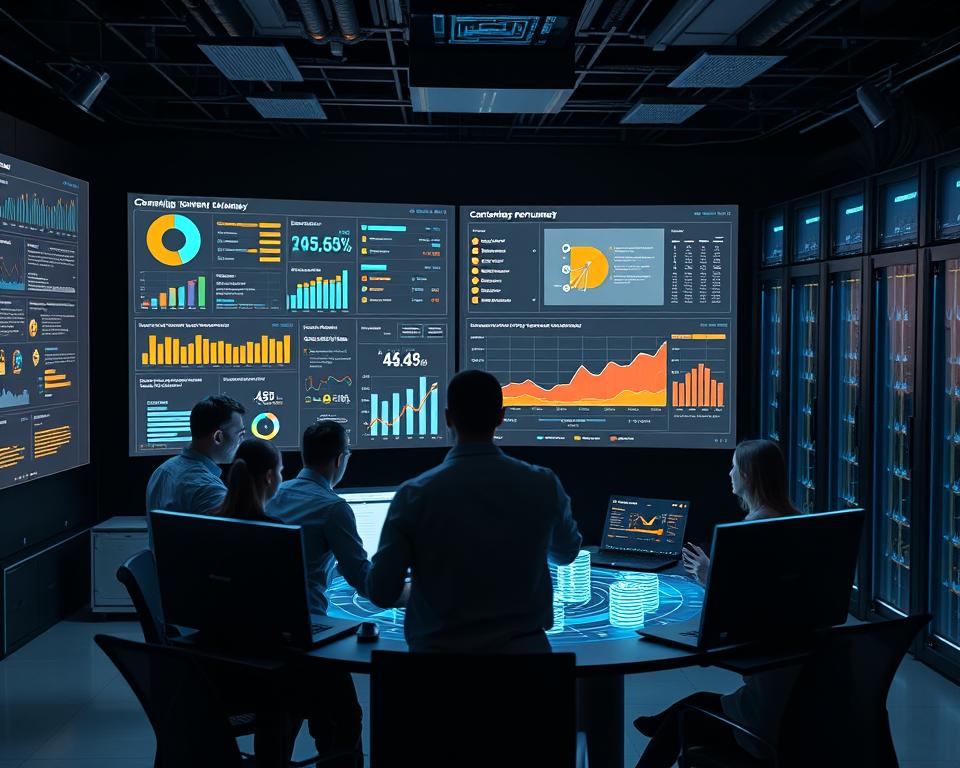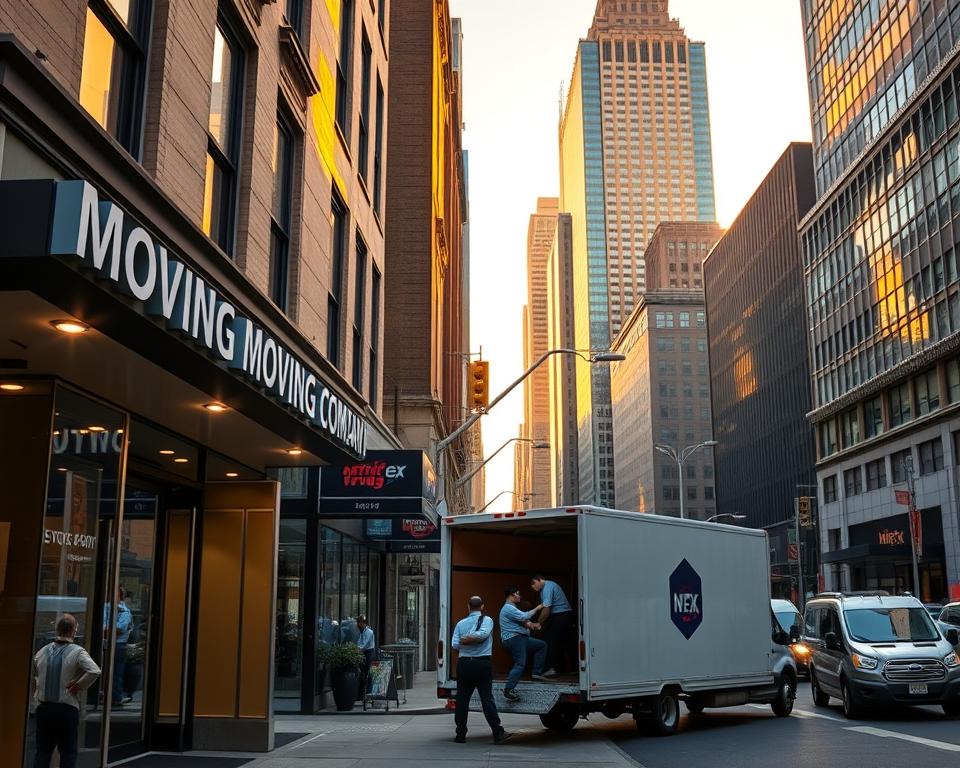Shop Superior Home Furnishings at the Stockroom Home Furnishings Shop HK
Have you ever pondered how to uplift your home environment with style and craftsmanship? Hong Kong homes are celebrated for their unique blend of contemporary and timeless aesthetics. At the heart of this movement is a premier destination that offers global creativity directly to you.
Discover an expertly assembled range that integrates mid-century classics with modern creations. Inspired by design legends Roy M. and Jojoba L., each Stockroom Hong Kong piece reflects craftsmanship and practicality. Whether it’s streamlined couches or refined dining ensembles, every piece is designed to revamp your home.
Be it a seasoned designer or an city resident, this collection has options for every style. With a worldwide procurement model, premium items are introduced into Hong Kong living spaces at affordable rates. Explore the latest sofa series and revise your living space immediately.
Welcome to the Stockroom Furniture Shop HK
Redefine your residence with a mixture of elegance and usability. For over 15 years, this outlet has been a trusted name in HK, offering innovative solutions for current residential demands.
The singular “stockroom” approach merges high-end display standards with bargain costs. This approach ensures you receive high-quality furniture without emptying your wallet. Navigate a 10,000+ sq ft virtual gallery, created to deliver the boutique experience to your monitor.
Living in Hong Kong often necessitates managing scarce area. That’s why the focus here is on area-optimizing designs. From compact sofas to modular tables, all products are designed to enhance your living space’s capabilities.
Working with international designers like Roy M. and Jojoba L. bring international creativity directly to your home. These partnerships promise a range that’s both stylish and functional.
Apart from home furnishings, the shop features interior decor consultations. Be it a lone chamber or a full residence, expert advice is just a click away.
A buyer noted, “I decorated my whole living space on a budget, and the end result is dazzling!” This review underscores our dedication to excellence and affordability.
Relish the convenience of a intuitive online platform. With full-circle item perspectives, you can explore every detail before finalizing your choice. Enhance your way of living with pieces that exemplify your individuality and aesthetic.
Why Select the Warehouse Furniture Hub HK?
Why choose mediocrity when premium is possible? This destination excels by delivering quality pieces at unsurpassed price values. With a factory-direct approach, intermediary costs vanish, providing maximum worth for your investment.
Teaming up with 50+ verified worldwide makers, each range is subject to a rigorous 200-hour quality control procedure. Such meticulousness ensures that every item reaches premium benchmarks. Relative to typical stores, cost reductions span 40-60%, rendering high-end products attainable.
Each piece is backed by a five-year durability promise, showcasing our pride in construction. A buyer noted,

“The robust timber build surpassed my hopes—it’s engineered for longevity!”
This testimonial highlights the commitment to durability and excellence.
Exceptional consumer assistance operates through WhatsApp and WeChat, ensuring support whenever you need it. With a delivery punctuality of 98% and a satisfaction mark of 4.8 out of 5, reliability is a top priority. Enjoy the ease of a hassle-free shopping journey.
Be it through factory-direct models or unmatched support, this venue transforms the idea of home styling. Discover a collection that integrates excellence, value, and panache, all customized for your lifestyle.
Our Curated Collection of Premium Furniture
Explore a curated assortment that transforms any room. All products within this assortment are created to combine elegance and utility, perfect for modern homes. Regardless if you reside in HK or overseas, these pieces upgrade your environment seamlessly.
Opulent Couches for Any Sitting Room
Comfort meets elegance with our array of sofas. Best-sellers like the Juliett Feather Down Sofa and Kagan Fabric Sectional provide luxurious comfort and timeless designs. Personalize your selection using over 15 fabric options and adaptable modules to suit your sitting space flawlessly.
For limited settings, our latest L-shape settee series maximizes each square inch. A buyer commented,
“The adaptable layout complements my Hong Kong apartment exquisitely—it’s chic as well as functional!”
Elegant Dining Sets for Your Home
Craft an inviting supper space with our Deacon Timber Series. These groups integrate robustness with sophisticated chair Hong Kong style, suited for familial get-togethers. Safe-for-kids and animals textiles keep your residence chic and pragmatic.
- Lucille storage drawers: Maximize space effortlessly
- Bayley frame: Streamlined and robust for contemporary sleeping spaces
Need help with room layouts? Our no-cost interior design advice ensure every piece fits seamlessly into your space. Peruse this range and transform your residence now.
Quality You Can Trust
When it comes to creating a home that lasts, quality is non-negotiable. Every piece is crafted with precision, so that it achieves top quality. Be it the materials employed or the design development, every nuance is attended to.
Superior Components for Enduring Use
We procure solely high-caliber components to secure extended lifespan. Superior dried wood and elite Italian leather set the standard. Our sofas feature an 8-layer cushioning system for unmatched comfort and support.
- Interlocking dovetail construction affirms durability and balance in wooden items
- Fade-resistant fabric technology keeps colors vibrant for years
- Archival aesthetic studies confirm genuine vintage emulations
Precision in Every Product
Every product undergoes a rigorous 7-step quality inspection process. Be it the seams or the final coatings, flawlessness is achieved. Our eco-friendly sourcing initiatives reflect our commitment to sustainability.
“The Quinn oak sideboard is a masterpiece. The craftsmanship is impeccable!”
This testimonial emphasizes our pursuit of top quality. No matter if you reside in Hong Kong or elsewhere, each product meets exceptional standards.
Affordable Luxury at the Stockroom Furniture Shop HK
Searching for luxury without extravagant costs? Our direct sourcing model ensures competitive prices without compromising on quality. By cutting out the middleman, we relay substantial cost reductions, rendering opulence attainable.
Direct Sourcing for Competitive Prices
Using a direct import approach, we lower costs by nearly 60% versus standard retail, which lets us deliver high-end pieces at extraordinary costs. Entry-level collections start at just HK$3,999, perfect for those on a budget.
VIP members enjoy exclusive discounts and early access to seasonal sales. One customer shared,
“The Deacon TV cabinet was a steal—I couldn’t find a better price anywhere else!”
Value for Every Budget
Adaptable installment options simplify equipping your residence. Opt for 6 to 12-month plans for manageable payments. Our promise to match prices guarantees the finest return.
- Compare our prices with competitors using our detailed charts
- Introductory lines available from HK$3,999, excellent for initial purchasers
- Seasonal sales and VIP discounts offer additional savings
A 70% loyalty figure underscores our commitment to enduring and affordable premium design. Peruse our assortment and refresh your residence immediately.
Remarkable Consumer Assistance
Enjoy a flawless Dining Chair Hong Kong purchasing process with our expert assistance group. Whether it is professional guidance or effortless shipping, we strive to ensure memorable interactions. Our focus on support guarantees a streamlined and relaxed process.
Customized Guidance by Our Specialists
Introducing Vicky, our principal design advisor, along with her professional crew. They are on hand to design a setting that embodies your personality. Offering complimentary on-site evaluations, we guarantee precise fitting. A client observed,
“Vicky’s attention to detail made all the difference—my home looks stunning!”
With assistance available in Cantonese, English, and Mandarin, clarity is assured. Whether you’re furnishing a small apartment or a large home, we’re here to guide you every step of the way.
Prompt Dispatch and Assembly
Revel in premium delivery services featuring live GPS monitoring. Experts manage every detail from installation to post-setup tidying, eliminating any inconvenience. In-stock items are delivered within 48 hours, saving you time and effort.
- A 30-day return guarantee for worry-free shopping
- Membership benefits include special offers and exclusive savings
- Glowing testimonials praise our expert setup crews
Centered on trustworthy performance and thoughtful support, we serve buyers in all corners of Hong Kong. We are here to upgrade your living area smoothly and decisively.
Real Feedback from Satisfied Buyers
Hear directly from those who’ve transformed their spaces. Customers relate their journeys, highlighting the impact our furniture has had on their residences. Whether in snug flats or expansive offices, such accounts emphasize our quality and value.
Happy Customers Share Their Experiences
One client from Hong Kong shared,
“The reconfigurable couch suits my compact flat impeccably. It’s trendy, cozy, and supremely practical!”
One more client lauded our meticulous craftsmanship, stating,
“The level of detail is superb. Each item seems custom-crafted for my residence.”
True Testimonials from Sincere Customers
It is our honor to serve enterprise customers including top financial institutions and innovative tech firms. The design in their premises exemplifies the consistent quality and inventive flair we deliver. Comparative images from our projects attest to the change our products can bring.
- Trustpilot verification ensures transparency and trust
- Visual testimonials from our YouTube platform animate these success stories
- Honored as the 2024 Leading Online Home Furnishings Provider
- Over 92% customer recommendation rate attests to our service
Through every purchase, we support community initiatives, making a positive impact in Hong Kong and beyond. Enlist with our loyal customers and witness the unique impact.
Discover Our Newest Range
Enter a new era of interior styling with our cutting-edge offerings. This season, we’re excited to introduce pieces that redefine modern living. Whether it’s streamlined seating or standout illumination, each product is made to spark creativity.
Fresh Couch Range: Elegance Meets Coziness
Our 2025 sofa collection is here, blending style with cutting-edge features. Antimicrobial fabrics ensure hygiene, while modular charging stations add convenience. Such couches suit the modern digitally-linked household impeccably.
Best-sellers like the Corinne marble floor lamp and Ava bedside tables complement the collection. Every item captures new stylistic directions, delivering an innovative perspective on modern lifestyles.
Sleek Homeware for the Current Era
Exclusive joint ventures introduce unique designs directly into your residence. Preview our autumn/winter collections, featuring bold colors and sustainable materials. These pieces are designed to make a statement.
Seize the opportunity of limited digital premiere deals. Use our virtual room planner tool to visualize how these items will transform your space. A client exclaimed,
“The new collection is stunning—it’s exactly what my home needed!”
Explore our latest collection and discover the perfect blend of style and functionality. Your perfect living space awaits your discovery.
Conclusion
Designing your perfect residence is more straightforward than assumed. With a focus on
quality and worth, we bring you pieces that motivate and endure. Mark your calendar for our next stockroom event featuring unmatched offers!
Join our design mailing list to get firsthand news on fresh collections and member deals. Looking for advice? Schedule a complimentary design session with our specialists now. We’re here to guide you every step of the way.
Rest assured with our cost-match promise and rapid delivery services. Connect with us online for regular design ideas and advice. Partner with us to refresh your environment.
Your ideal living space awaits your command. Begin now to witness the transformation.








